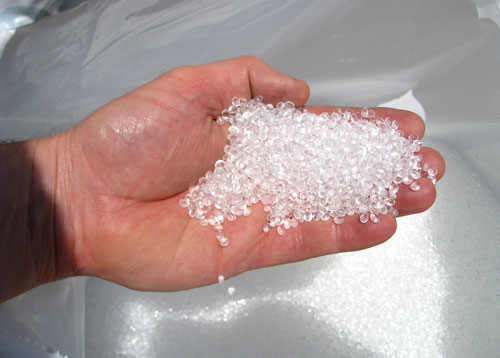A TEAM of scientists in Belgium is trying to create high quality bio plastics for the lighting industry.
Researchers at the University of Paderborn, the Hamm-Lippstadt University of Applied Sciences, and the Aachen-Maastricht Institute for Biobased Materials have teamed up to develop optical technologies that are sustainable.
Dubbed the PLANOM project, the team are focusing on environmentally-friendly plastic products made on a lactic acid basis.
The aim is to offer an alternative to the petroleum-based plastic that is currently still the norm.
‘Unfortunately, sustainability is not yet a purchase argument for consumers, ‘ says Professor Gunnar Seide of Maastricht University. ‘They expect it, of course, but are not willing to pay for it.
‘That’s why we need sustainable, high-performance polymers whose technical properties are affordable. And this is where we come in with the PLANOM project.’
Polylactic acid (PLA), also known as polylactide, has been used for luminaire bodies but not for lenses.
It has key advantages. The material is entirely biodegradable but has very good application properties in the visible range of the electromagnetic spectrum, and can be produced in large volumes in a way that is both environmentally friendly and cost-effective.
PLA products feature low moisture absorption and low flammability and high UV resistance, colour fastness, and bending strength.
Furthermore, the real advantage of PLA compared to conventional plastics is its biodegradability. Under industrial composting conditions, the material decomposes entirely in just a few months.
Last year, Trilux won a Build Back Better Awards for the Parelia, a pioneering luminaire that was 3D printed in a PLA.
- Recolight offers special one-day training workshops on ‘Lighting product design for a Circular Economy’. Hosted by industrial designer Simon Fisher of F Mark, the CPD-accredited event explores the design criteria, regulations and standards to help lighting manufacturers apply and demonstrate circular economy principles in product development. More HERE.

